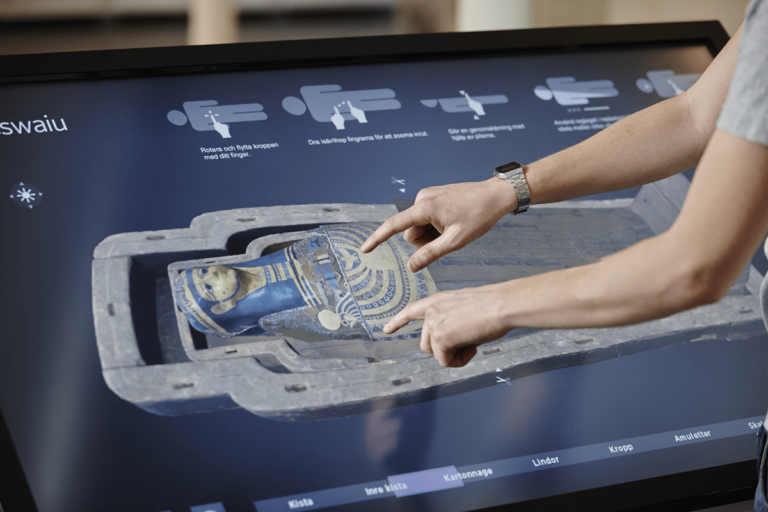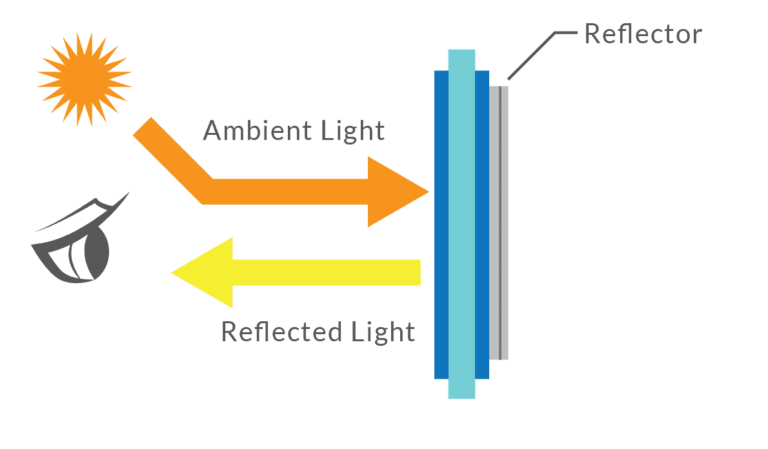- 1 Understanding the Touch IC Chip
- 2 How a Touch IC Works
- 3 Core Functions of a Touch IC Chip
- 4 Types of Touch IC Chips
- 5 Capacitive Touch ICs
- 6 Resistive Touch ICs
- 7 Hybrid Touch ICs
- 8 Key Performance Parameters
- 9 Common Applications
- 10 Selecting the Right Touch IC Chip
- 11 Popular Touch IC Manufacturers
- 12 Future Trends in Touch IC Technology
- 13 Conclusion
Understanding the Touch IC Chip
A Touch IC (Integrated Circuit) chip is a specialized microcontroller or ASIC (Application-Specific Integrated Circuit) that processes input signals from a touchscreen sensor. It acts as the “brain” of the touch interface, interpreting physical touches into digital signals that the device’s main processor can understand.
Unlike general-purpose processors, a touch IC is designed specifically for capacitive or resistive touch sensing, ensuring high accuracy, low latency, and reliable performance across different environmental conditions.
How a Touch IC Works
The working principle of a touch IC depends on the type of touchscreen technology it supports — typically capacitif ou résistif.
- Signal Detection
- In capacitive touchscreens, the touch IC monitors changes in the electrostatic field when a finger or stylus comes into contact with the glass.
- In resistive touchscreens, the IC detects changes in electrical resistance when two conductive layers are pressed together.
- Signal Processing
- The chip amplifies, filters, and digitizes the analog touch signals.
- Advanced algorithms help distinguish between intentional touches, accidental contact, and noise.
- Coordinate Calculation
- The IC calculates the precise X and Y coordinates of the touch.
- For multi-touch screens, it tracks multiple touch points simultaneously.
- Data Transmission
- The touch IC sends processed touch data to the main CPU via communication interfaces like I²C, SPIou USB.
Core Functions of a Touch IC Chip
A well-designed touch IC performs several critical functions:
- Touch Detection: Recognizing single or multiple touch points accurately.
- Gesture Recognition: Detecting swipes, pinches, and rotations.
- Noise Filtering: Minimizing interference from display signals or power fluctuations.
- Water and Glove Touch Support: Maintaining responsiveness in challenging conditions.
- Low Power Operation: Reducing energy consumption for battery-powered devices.
- Firmware Upgradability: Allowing performance improvements or feature additions post-deployment.
Types of Touch IC Chips
Capacitive Touch ICs
Used in most modern consumer devices, these ICs offer high sensitivity, multi-touch support, and durability due to their glass surface. Common in smartphones, tablets, kiosks, and car infotainment systems.
Resistive Touch ICs
More common in industrial and rugged applications, resistive ICs work with any input tool and offer high accuracy, but with lower optical clarity and no multi-touch support.
Hybrid Touch ICs
Some ICs can handle both capacitive and resistive inputs or incorporate features like stylus pressure sensitivity for specialized applications.
Key Performance Parameters
When evaluating a touch IC, engineers often look at:
- Précision du toucher: Precision of coordinate detection.
- Report Rate: Speed at which touch data is sent to the host processor.
- Consommation électrique: Important for portable devices.
- Environmental Tolerance: Operation under high humidity, temperature extremes, or exposure to sunlight.
- EMI Immunity: Resistance to electromagnetic interference from other components.
- Interface Support: Compatibility with the device’s architecture.
Common Applications
Touch IC chips are found in:
- Électronique grand public: Smartphones, tablets, smartwatches, and e-readers.
- Automobile: In-dash displays, infotainment systems, and navigation units.
- Panneaux de contrôle industriels: Touch-based HMIs (Human Machine Interfaces).
- Dispositifs médicaux: Patient monitoring systems and diagnostic equipment.
- Retail and Hospitality: POS terminals, self-service kiosks, and ticketing machines.
Selecting the Right Touch IC Chip
Choosing the right touch IC depends on:
- Type d'affichage: Capacitive vs. resistive technology.
- Screen Size and Resolution: Larger displays may require more powerful ICs.
- Operating Environment: Will the device be used outdoors, in wet conditions, or in dusty environments?
- Input Types: Fingers, gloves, stylus, or multi-touch gestures.
- Power Constraints: Battery-powered devices may need ultra-low-power chips.
- Integration Requirements: Compatibility with display drivers and main processors.
Popular Touch IC Manufacturers
While many companies develop touch ICs, some well-known names include:
- Goodix – Widely used in smartphones and tablets.
- Synaptics – Known for high-end touch controllers and fingerprint integration.
- FocalTech – Popular in both consumer and industrial markets.
- Cypress/Infineon – Offers robust automotive-grade touch solutions.
- ELAN Microelectronics – Often found in mid-range consumer devices.
Future Trends in Touch IC Technology
The touch IC industry continues to evolve with:
- Ultra-Low Power Designs: For wearables and IoT devices.
- Higher Touch Sampling Rates: For smoother gaming and drawing experiences.
- AI-Based Gesture Recognition: For more intuitive interactions.
- Flexible and Foldable Screen Support: As display form factors diversify.
Conclusion
Les touch IC chip is an unsung hero of modern electronics, quietly ensuring that every tap, swipe, and pinch is accurately detected and executed. Whether in a smartphone, car dashboard, or industrial panel, this tiny component is central to the intuitive, touch-based interfaces we rely on every day.
Understanding its role and capabilities helps product designers and engineers choose the best possible touch solution — one that balances performance, durability, and user experience.














